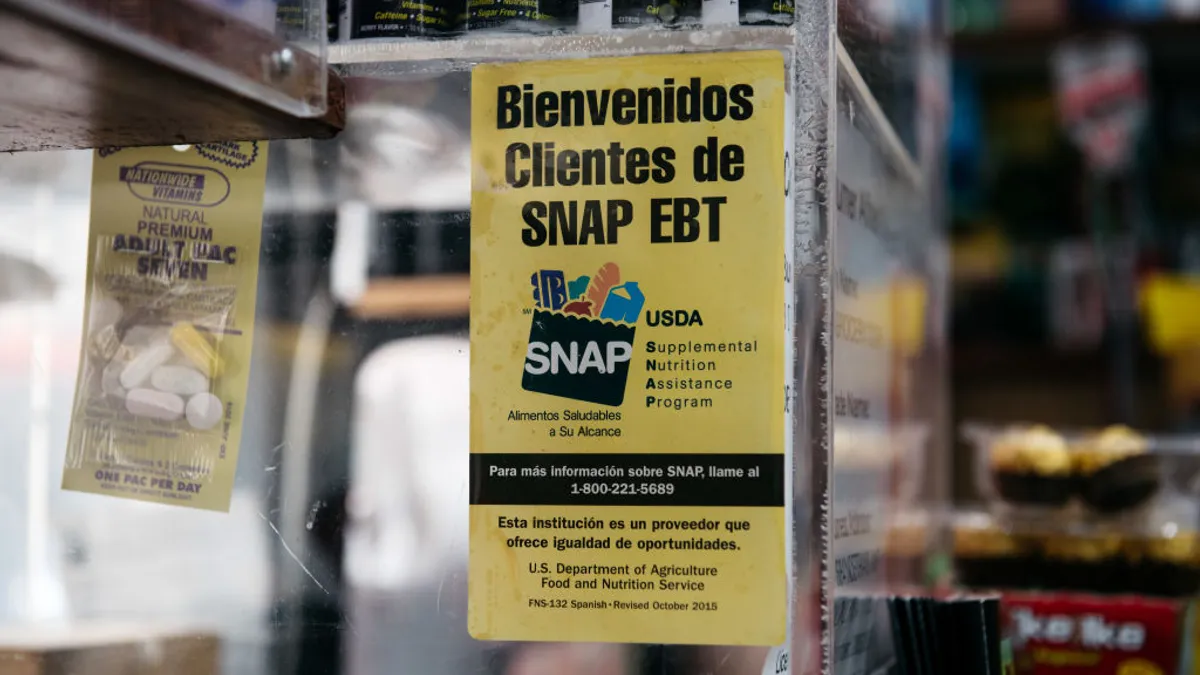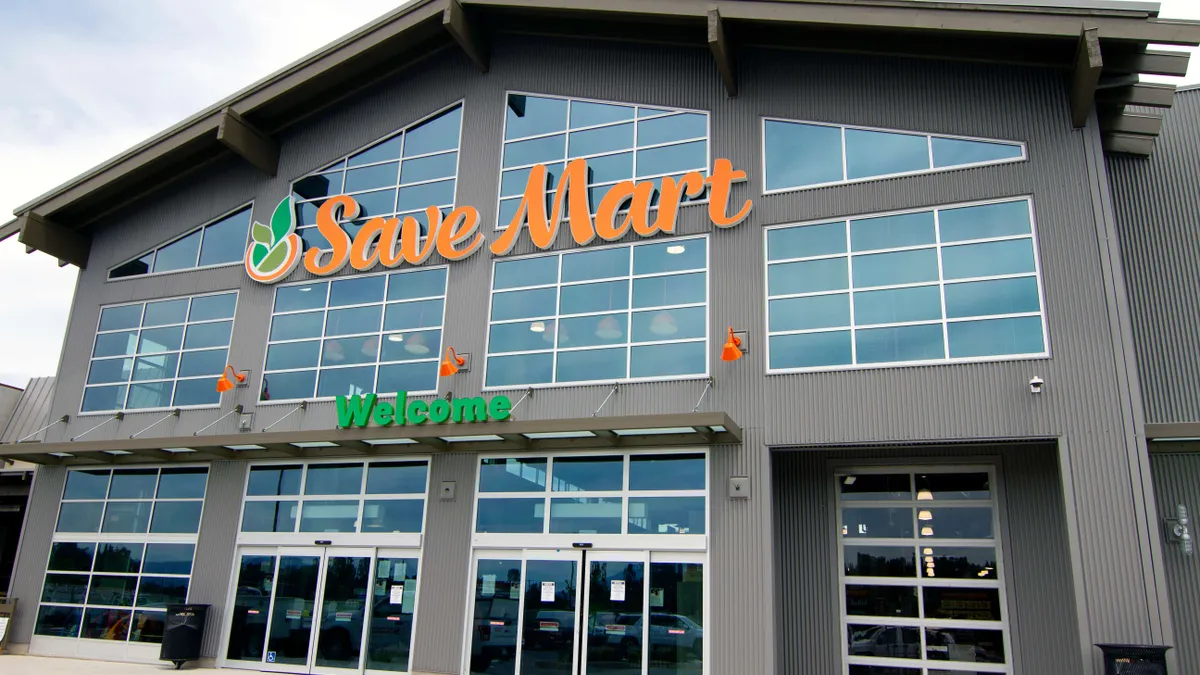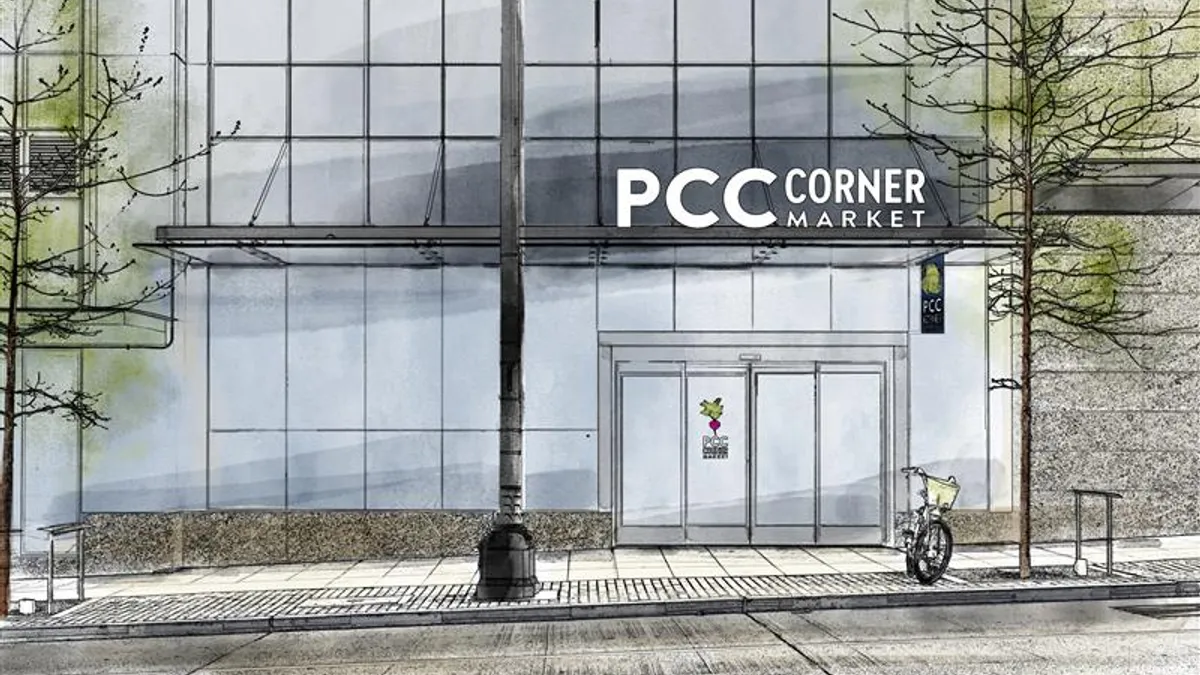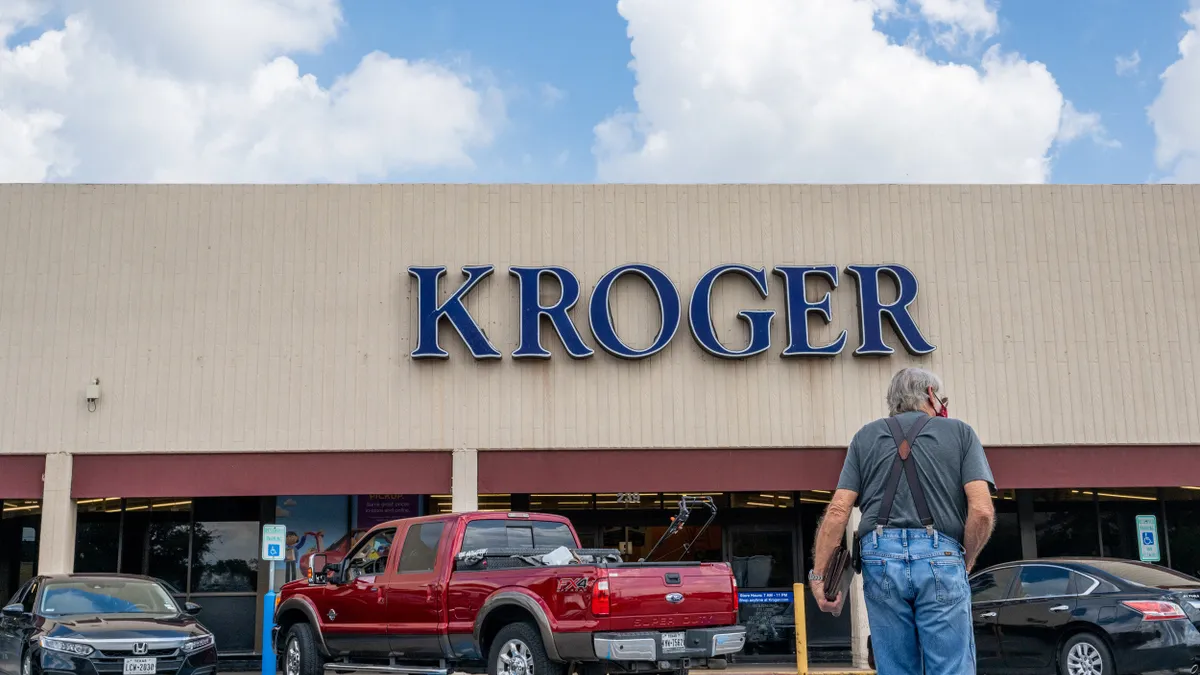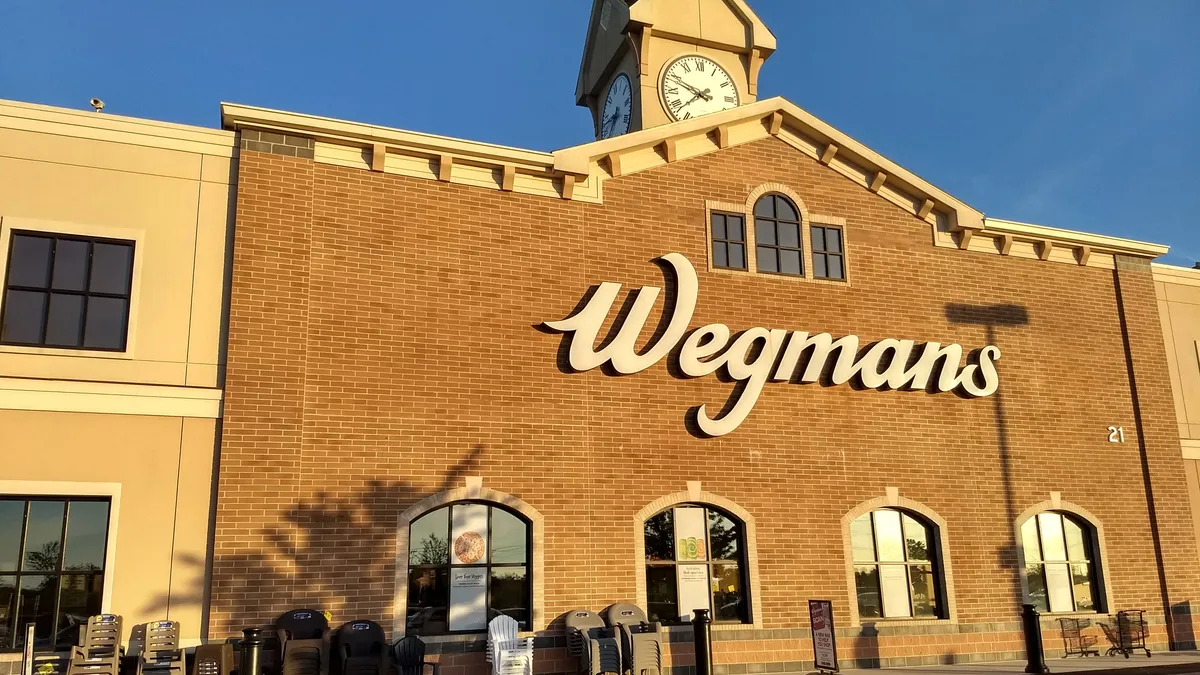Florida is known by many for its crystal-clear beaches and amusement parks. But for those in the grocery business, the Sunshine State these days looks more like a battleground than a breezy getaway.
A longtime stronghold for the beloved Publix chain, Florida is getting shaken up as new players enter the stage while legacy players evolve to gain market share. This includes Walmart, which has 231 supercenters and 97 Neighborhood Markets in the state, along with Aldi, Whole Foods and natural grocers like Sprouts Farmers Market and Lucky’s Market. Cities like Orlando, Miami and Tampa have seen a surge in new store builds.
Back in February Kroger, which has long resisted entering Florida, threw its name in the ring, announcing it would build an automated Ocado fulfillment center in Groveland, located in the middle of the state.
According to real estate brokerage JLL, Florida accounted for 9.7% of new grocery space last year, or roughly 1.65 million square feet — the highest growth rate of any state in the U.S.
So why has the Sunshine State become such a hotbed of activity, and who stands to gain — and lose?
These retailers are targeting Florida because not only is it the most populous state in the southeastern U.S., but it’s growing at a rate of about 1,000 people a day — higher than any other state, according to David Conn, executive vice president and director of the Southeast retail services group with real estate firm CBRE.
Florida’s population increased by 13% between 2010 and 2018, to more than 21 million people. In cities like Orlando, the millennial demographic has exploded. According to the Brookings Institute, three metro areas in Florida — Orlando, Fort Myers and Sarasota — saw population growth of more than 10% among millennial consumers between 2010 and 2015.
Floridians are also more likely to be active than residents in many other states, Conn said, which further explains the growth of specialty chains like Sprouts Farmers Market and Lucky’s Market.
“A combination of healthy, active lifestyles in a growth state probably makes a lot of sense for these organic grocers in particular to target Florida,” he added.
Lucky’s Market, which has 39 stores across 10 states, has focused most of its recent expansion efforts on Florida. The chain recently opened its 19th store in the state, in Ormond Beach, and has stores scattered across other high-growth metros, including Neptune Beach, Orlando, West Melbourne, Sarasota and St. Petersburg.
“We have a pretty aggressive growth plan for the future,” spokeswoman Krista Torvick told Grocery Dive.
Sprouts recently opened its first location in South Florida — one of three the chain is planning for the region this year. It currently operates nine stores in the state and plans further growth there. Earth Fare, another specialty grocer, entered Florida in 2014 and now runs 14 grocery stores in the state, with plans to open more.
Meanwhile, Aldi has been chiseling away at the Florida market, with 130 stores now open and a $115 million, 83-store renovation plan more than halfway complete.
In the southwest Florida metros of Fort Myers and Naples, where Publix once reigned supreme with more than 50 stores in the region, Whole Foods, Sprouts, Bravo Supermarkets, The Fresh Market and Lucky’s Market have all grown their grocery footprint and built new stores there in recent years.
Add to this Kroger’s announced e-commerce entry and the ongoing remodels and conversions being carried out by Southeastern Grocers post-bankruptcy, and it’s clear Florida is getting a lot more competitive these days.
Publix's domain
Publix, which operates 799 stores in Florida, has been busy expanding northward into other states, including Virginia and Tennessee, but it hasn’t taken its eye off the ball at home, said Conn. It continues to build new stores throughout the state while also updating existing locations.
"New Publix stores helped Florida's growth and will likely continue to boost the state's numbers in the future," JLL noted in its recent real estate report.
Nationally, the chain is spending more than $1 billion annually to build, renovate and test new concepts like its Greenwise Market banner, which includes a variety of natural and organic products and now number 10 locations that are either open or in development, including six in Florida. The company has said it’s continuing to search for more expansion sites.
In order to maintain its position as the dominant leader in Florida, Publix has also expanded online shopping fulfillment across its footprint and rolled out various bells and whistles to strengthen its bona fides as a customer destination. This includes online cooking classes, telehealth sites, meal kits and, at a limited number of stores, valet parking.
Last year, Publix recorded net sales of $36.1 billion, up 4.4% from 2017, while earnings totaled $2.4 billion, up 3.9% from the prior year.
"Believe me, nothing happens in the grocery market in Florida unless Publix lets it happen,” David J. Livingston, a grocery analyst with DJL Research. “Their sales per square foot and market share is strong and well deserved.”
According to Livingston, the more than 1,000 stores collectively operated by Publix and Walmart constitute a dual threat that has driven a lot of grocery operators out of Florida over the years, including Sweetbay, Food Lion, Bruno’s and Albertsons. Any chain that succeeds will have to navigate the high-low threat that those chains collectively pose, he said.
The two retailers seem to be increasingly on a collision course, however. Although Walmart usually attracts value-based customers, the retailer has been making moves to change its image and cast a wider net by remodeling stores to gain credibility in the fresh space, said Elley Symmes, a former senior retail analyst with Kantar Retail.
"Nothing happens in the grocery market in Florida unless Publix lets it happen."

David Livingston
Managing partner, DJL Research
In April, Walmart unveiled plans to spend $173 million remodeling 34 locations and building one new Neighborhood Market in Florida. In addition, the company aims to add grocery pickup to 72 locations in the state and delivery to 63 locations.
Could the two chains' dominance erode as specialty operators and alternative formats flood the market while conventional players up their game? Although the number of Lucky’s, Sprouts and Earth Fares pales in comparison to the total number of Publix and Walmart locations, the steady drip of openings could draw sales away.
“They’re doing something a little different, a little deeper than Publix and target a little bit of a different audience than Publix targets,” Conn said.
Symmes agreed, noting the newcomers’ ability to force Publix to adjust, in particular. She also noted Aldi's ability to steal market share and force grocers to lower their prices.
“Publix is coming under a lot more pressure these days,” said Symmes.
At least one conventional chain is showing signs of strain. In February, just eight months after emerging from bankruptcy, Southeastern Grocers announced it would close 22 stores, including eight locations in Florida. The company’s financial restructuring reduced its debt load by $600 million, including $522 million that was offloaded in a debt-for-equity swap. Since then, Southeastern Grocers has banked on store updates to lift the chain.
In the battle for the Sunshine State, Livingston noted that traditional chain competitors that compete head-on with Publix are the most vulnerable while specialty chains can certainly carve out space.
“Stores targeting Florida are mostly specialty stores that are not going to be building units every three miles. They make the news but overall they will have minimal market share,” he said. “Lucky's, Aldi, Sprouts, Trader Joe's, Whole Foods and Hispanic retailers are able to differentiate themselves from Publix and Walmart. The casualties of the Publix-Walmart war has been all the plain vanilla conventional supermarkets.”








